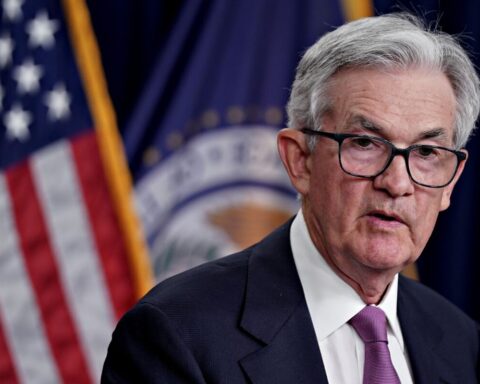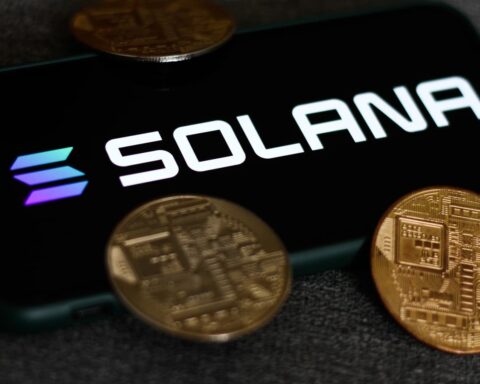Paul Sztorc, a prominent advocate for Bitcoin Drivechain technology, believes that the increasing mainstream acceptance of Bitcoin (BTC) will necessitate greater scalability and enhanced infrastructure functionality.
In an extensive interview with Cointelegraph, Sztorc discussed the pros and cons of the high-profile approval of Bitcoin exchange-traded funds (ETFs) in the United States and the long-term implications of institutional capital pouring into the Bitcoin ecosystem.
According to Sztorc, the emergence of Bitcoin ETFs is a sign of Bitcoin’s health and validation. It signifies that Bitcoin is becoming more widely recognized, and its name is gaining prominence.
Furthermore, it results from certain types of capital flow requirements that necessitate the use of ETFs. Sztorc, co-founder of LayerTwo Labs, considers Bitcoin ETFs as an “inevitable consequence of age.”
He highlights that customers of BTC-backed ETFs differ from everyday retail investors and dedicated Bitcoin enthusiasts.
These ETFs inherently involve custody and regulatory reporting, which aligns with the requirements of certain investors who are unlikely to self-custody Bitcoin.
However, Sztorc acknowledges that the hype surrounding Bitcoin ETFs could serve as an entry point for newcomers to the Bitcoin space.
Still, he cautions that excessive focus on ETFs might divert attention from Bitcoin’s underlying metrics and performance, with an unhealthy obsession with price being a potential downside.
LayerTwo Labs, over the past four years, has been diligently developing Drivechains, which are outlined in Bitcoin Improvement Proposals (BIPs) 300 and 301.
READ MORE: SEC Files Lawsuit Exposing $1.7 Billion Cryptocurrency Fraud Scheme
These BIPs describe how the Bitcoin network can interact with layer-2 blockchains or sidechains, allowing the creation, deletion, and transfer of BTC between them.
Sztorc, the author of BIP-300, champions the functionality that Drivechains can offer and has extensively discussed the intricacies of these proposals at various Bitcoin conferences.
As significant events like the approval of Bitcoin ETFs bring more liquidity into the Bitcoin ecosystem, Sztorc emphasizes that the network may encounter increased transaction volumes.
He cites Satoshi Nakamoto’s prediction that in two decades, there will either be substantial transaction volume or none at all.
Sztorc aligns with this view, stressing that Bitcoin will need to compete effectively to maintain its position.
While the Lightning Network has made strides in enabling low-fee, high-throughput transactions on the Bitcoin network, Sztorc argues that the ecosystem requires additional functionality to address challenges from competing altcoins, hard fork campaigns, and extension block campaigns.
BIP-300, according to Sztorc, introduces competition, fostering innovation among different software developers, and allowing users to participate in various sidechains while those who choose not to remain unaffected.
In summary, Bitcoin ETFs mark a significant milestone for Bitcoin’s mainstream adoption, but they also raise concerns about excessive focus on price.
Sztorc believes that the Bitcoin network’s scalability and functionality will be critical in handling increased transaction volumes resulting from growing adoption.
Drivechains, as proposed in BIPs 300 and 301, offer a solution to this challenge, promoting competition and flexibility in the Bitcoin ecosystem’s development.
Discover the Crypto Intelligence Blockchain Council




